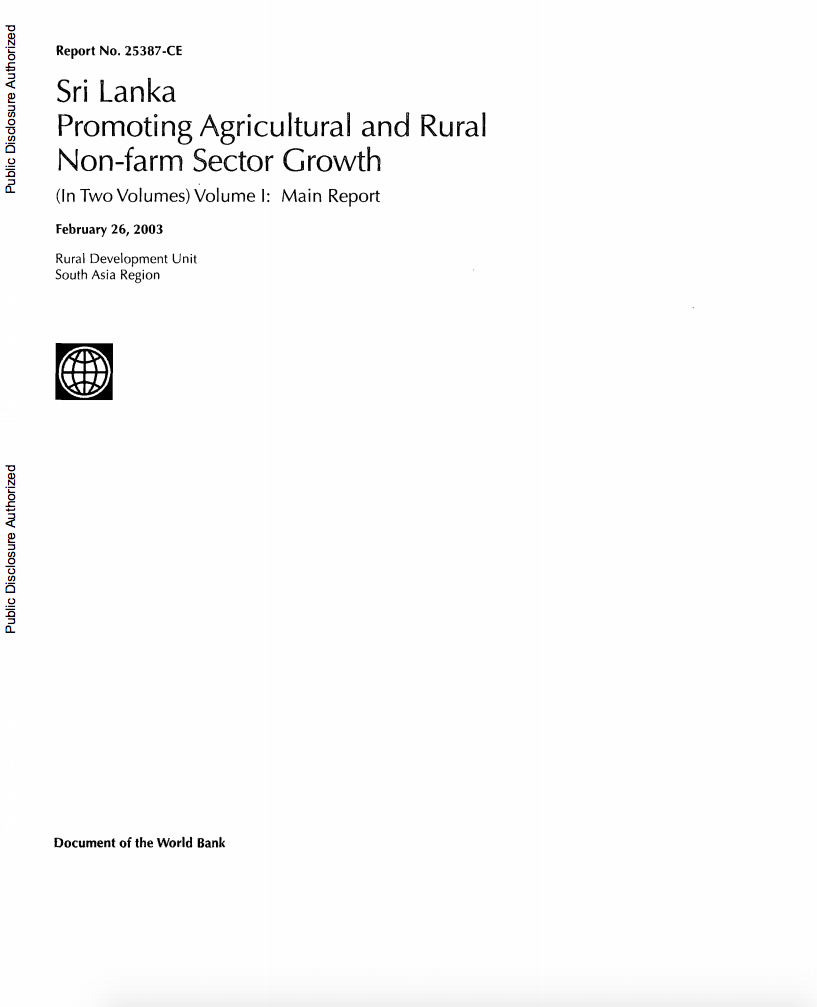The Middle Class Consensus and Economic Development
Modern political economy stresses
"society's polarization" as a determinant of
development outcomes. Among the most common dorms of social
conflict are class polarization, and ethnic polarization. A
middle class consensus is defined as a high share of income
for the middle class and a low degree of ethnic
polarization. A middle class consensus distinguishes
development successes from failures. A theoretical model


